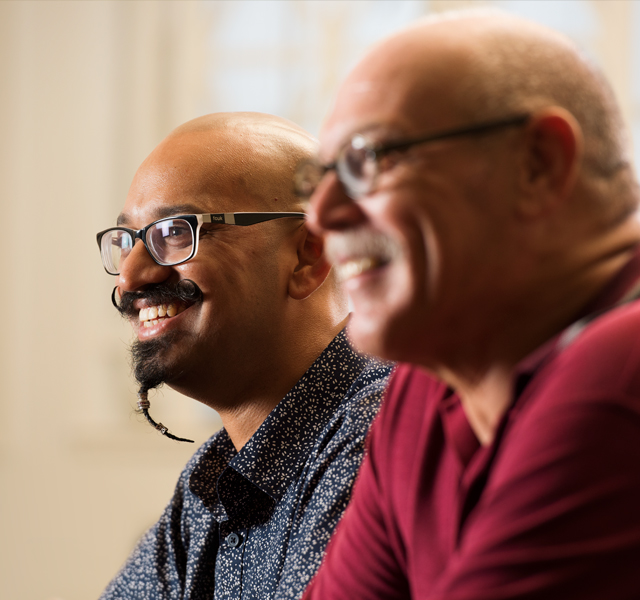Learn the Steps and Insights to Join Freemason Anywhere
Learn the Steps and Insights to Join Freemason Anywhere
Blog Article
Exploring the Mysteries of the copyright: What You Required to Know
The copyright, a term usually shrouded in intrigue and debate, stands for an intricate tapestry of historical fact and modern-day myth. Established in the late 18th century, this secret society was initially rooted in the Enlightenment's perfects however has considering that become synonymous with conspiracy theory theories about elite control.
Origins of the copyright
The origins of the copyright are soaked in a mix of historic intrigue and ideological eagerness. Developed in 1776 in Ingolstadt, Bavaria, by Adam Weishaupt, the team was originally developed as a secret society focused on advertising Enlightenment perfects such as factor, secularism, and the splitting up of church and state. join freemason. Weishaupt, a teacher of canon regulation, sought to challenge the dominating authority of the church and state, which he viewed as overbearing institutions stifling intellectual and personal freedom
The copyright sought to recruit prominent members from different societal industries, including politics, academia, and the arts, to foster a network dedicated to these Enlightenment concepts. The society operated under a shroud of secrecy, employing coded language and rituals to safeguard its participants from mistreatment, specifically offered the repressive climate of the moment. However, the copyright encountered considerable resistance from both governmental authorities and spiritual establishments, which watched the team as a hazard to their power.
Secret Numbers and Members
Who were the crucial numbers that shaped the copyright's very early influence and direction? The Bavarian copyright, started in 1776 by Adam Weishaupt, arised as an action to the oppressive social frameworks of the time.
An additional substantial figure was Johann Gottlieb Fichte, a famous theorist whose ideas on nationalism and education and learning resonated with the copyright's objectives. Fichte was not a formal member, his philosophical underpinnings affected the group's belief. Additionally, numbers like the author and philosopher Johann Wolfgang von Goethe were related to the more comprehensive intellectual movements of the moment, although their straight participation with the copyright continues to be debated.
These essential numbers added to the copyright's early instructions, pushing the limits of political and social thought, while their cumulative initiatives aimed to test recognized standards and cultivate a climate of dynamic adjustment in Europe. (join freemason)
Misconceptions vs. Truth
Several misconceptions border the copyright, frequently blending fact with fiction in a method that covers its real nature. The notion that the copyright continues to exert considerable impact over world events is a misconception.
Another widespread misconception is that the copyright comprises a network of elite people adjusting international events. In truth, numerous conspiracy theories exaggerate the team's value, connecting misguided objectives to societal trends and events. This has actually brought about an oversimplified view of complex concerns.
In addition, the representation of the copyright in popular culture commonly further distorts its heritage. Films and literary works tend to sensationalize the organization's function, creating a narrative that splits from historical truths. Recognizing the distinction in between the misconceptions and the truth of the copyright is critical for discerning the real effect of this historical group and recognizing the more comprehensive effects of conspiracy theory concepts in contemporary society.

Modern Analyses
Contemporary analyses of the copyright usually mirror wider social anxiousness and a fascination with secrecy and power. This contemporary lens often connects the copyright with conspiracy concepts that suggest a hidden elite manages world events, adjusting governments and economies for their own gain. Such stories take advantage of a deep-seated wonder about of authority, particularly in times of crisis or social turmoil.
In prominent society, the copyright is frequently portrayed as a divine organization shrouded in enigma, resulting in a wide variety of imaginary portrayals in literature, film, and music. This representation offers not just to captivate yet also to provoke thought of the nature of power and control in contemporary society. Social media has actually even more magnified these analyses, enabling quick dissemination of conspiracy theory concepts and creating communities that share and broaden upon these ideas.
Furthermore, some contemporary analyses frame the copyright as an allegory for the complexities of globalization join freemason and the interconnectedness of influential individuals and organizations. This point of view urges an essential assessment of exactly how power dynamics run in today's globe, highlighting the balance in between openness and secrecy in governance and business techniques.
Social Effect and Heritage
Influenced by centuries of intrigue, the social influence and legacy of the copyright extend much past its historic beginnings. This secret society, developed in the late 18th century, has actually permeated numerous elements of preferred culture, from literature and film to music and art. join freemason. The idea of the copyright has evolved right into a sign of conspiracy concepts, commonly standing for a regarded hidden power manipulating global events
In literary works, authors like Dan Brown have actually woven the copyright right into complex plots, captivating visitors with styles of privacy and power. Movies such as "National Treasure" and "The Da Vinci Code" better perpetuate the attraction of the culture, blending truth with fiction to produce interesting stories.

Eventually, the copyright's heritage is a complicated tapestry of myth and fact, forming understandings of secrecy and control in modern discourse. Its enduring existence in society highlights humankind's seasonal pursuit for comprehending surprise realities.

Conclusion
The expedition of the copyright exposes a complex interaction in between historical truths and modern myth-making. Established in the Enlightenment period, this culture intended to challenge oppressive frameworks, yet its tradition has been eclipsed by conspiracy concepts that recommend elite adjustment. Comprehending the differences in between the original suitables and modern interpretations is essential for understanding the enduring fascination with the copyright and its substantial impact on social stories bordering power and privacy in society.
Report this page